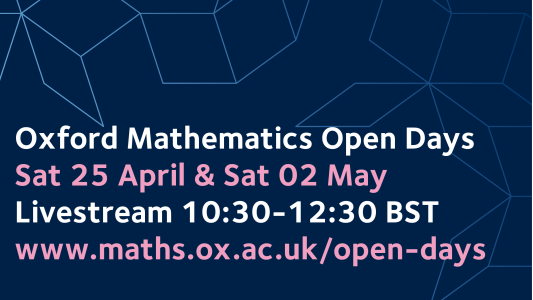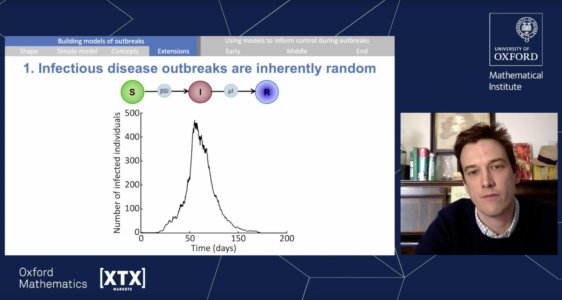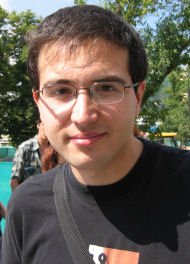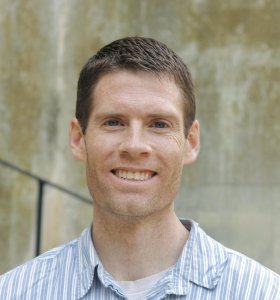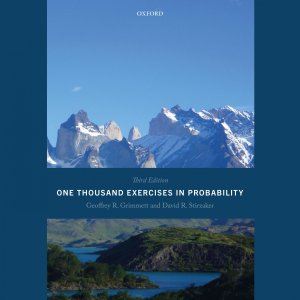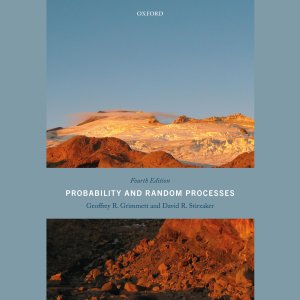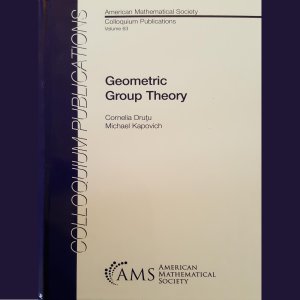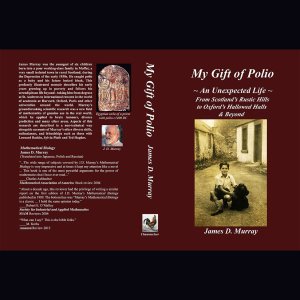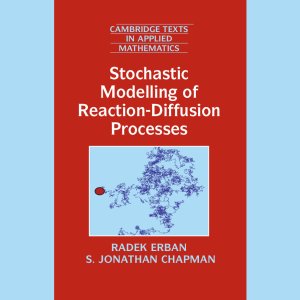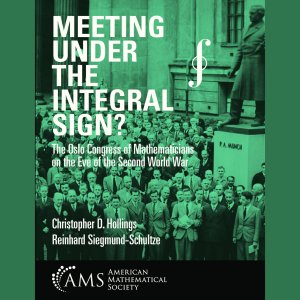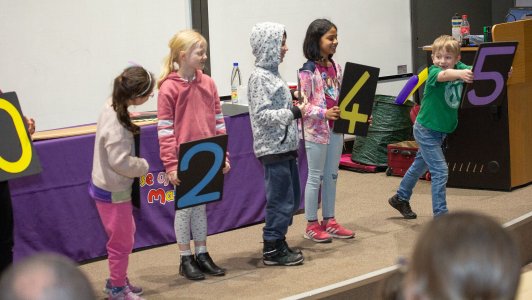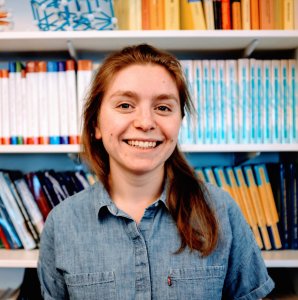Yesterday, April 8th, Oxford Mathematician Robin Thompson gave a hugely well-received Oxford Mathematics Online Public Lecture on how mathematicians model infectious diseases such as COVID-19. We hope that it will continue to provide a useful introduction to mathematical models of infectious disease outbreaks (and how they can inform public health measures). It would be impossible to answer all of the questions that have been submitted, but we have selected eleven at random (we are mathematicians after all), and Robin has answered them here.
-
Thanks for the lecture. Just a quick question: in the models, why do social distancing measures affect the infection rate (beta)?
Chris, via email
Thanks for your question, Chris. The parameter beta represents the infection rate between pairs of infectious and susceptible hosts. Beta therefore depends on the contact rate between infectious and susceptible hosts, as well as the probability of infection per contact. If a social distancing strategy is introduced, then the contact rate between infectious and susceptible hosts decreases (everyone in the population has fewer contacts). As a result, beta decreases.
-
Is it clear that the R state exists for coronavirus?
Nic, via Vimeo live chat
The epidemiology of the novel coronavirus is still not fully understood. However, it is unlikely that individuals who have recovered from COVID-19 can be reinfected soon afterwards, due to the body’s antibody response. How long this antibody response lasts for is as yet unknown, but immunologists think that it is likely to be months or years.
-
Why is the contact matrix not symmetric?
Jerome, via Vimeo live chat
A few different people asked this question. Any two specific individuals will of course have the same number of contacts with each other. However, in general, an individual of age x may have a different number of contacts with individuals of age y than an individual of age y has with individuals of age x. This is because there are different numbers of individuals in different age groups.
For example, imagine a tiny population of five people, consisting of a grandparent and their four grandchildren. Suppose that the grandparent contacts each grandchild once per week. Then, in this small population, the grandparent would have four contacts per week with younger individuals, but each younger individual would only have one contact per week with grandparents.
-
How do you estimate uncertainty in your parameter estimation?
Alexey, via Vimeo live chat
Great question, Alexey. I am guessing that you are a mathematician, so I can give a relatively technical answer! There are a number of ways to include uncertainty in estimates of the parameters governing disease transmission. For the stochastic simulation models, one way to do this is to estimate parameter values using a statistical inference technique such as Markov chain Monte Carlo, which generates a (joint) posterior distribution for the parameter values. Then, in each forward simulation, we sample the parameter values at random from the posterior, giving a wide range of possible future dynamics. It is really important that this entire range of forecasts is communicated to policy-makers who are making decisions about which public health measures to introduce.
-
Thank you from Spain. I’m a mathematician, not an expert in this area, and I would like to ask for some bibliography regarding epidemiological models, and their mathematical properties. I’m mainly interested in deterministic models.
Jorge, via Facebook
There are some excellent resources about epidemiological modelling that are available. One book that I have found particularly useful is Keeling and Rohani’s 'Modeling Infectious Diseases in Humans and Animals'. Another useful book for mathematicians about the mathematical properties of epidemic models is 'Mathematical Epidemiology of Infectious Diseases' by Diekmann and Heesterbeek. But there are lots of other resources out there – some of which are online and available for free!
-
For data on values such as Beta and Lambda, do researchers rely on pre-existing processed data or do they gather data in real time and process it?
Omar, via Facebook
This is a great question, Omar. Usually, epidemiological modellers rely on both of these approaches – some parameter values are estimated using existing data (or observations from previous outbreaks, for diseases that cause recurring outbreaks) and others are estimated and updated in real-time as an outbreak is ongoing. This real-time estimation is usually carried out by fitting the transmission model to data on, for example, the numbers of cases or deaths per day.
-
The parameter beta in the SI model is the same for the S-equation and the I-equation – why is that?
Ana, via Facebook
Hi Ana, thanks for your question. The idea there is that individuals move from the susceptible class (S) to the infectious class (I) when they contract the virus – so the same number of individuals leave S as enter I. The parameter beta determines the rate at which individuals leave S and enter I, and so it is the same in both equations (one equation for leaving S, and the other for entering I).
-
How do we/can we understand the different outcomes between a relatively light and relatively strict lockdown?
Andrew, via Twitter
Models can be used to explore how case numbers are likely to change under different potential control measures. To consider the difference between a light and strict lockdown, the key change is likely to be the number of contacts that individuals in the population make. This can be adjusted in the models by changing the value of the infection rate parameter, beta.
-
Why don’t the models of lockdown account for the economic impact and the downstream suicide rate?
Richard, via Email
This is a very important question. The potential economic impacts of control interventions and mental health effects should definitely be factored into decisions being made by policy-makers. Outputs from the models presented here could in theory be taken and used for additional analyses assessing the economic impacts and downstream suicide rates. Crucially, the output from models like those presented here represents only one of a range of factors that policy-makers should consider when deciding which interventions to introduce. Responses to infectious disease outbreaks rely on expertise from individuals in a range of fields.
-
Superb talk! How is R0 affected by COVID-19’s ability to remain infectious on surfaces?
Sarah, via Twitter
This is a great question – thanks Sarah! COVID-19 infections can occur via a number of different routes, including inhalation of droplets, transfer via contaminated surfaces, and possibly faecal-oral transmission. In principle, R0 can be split up according to each of these different components. R0 can then be calculated as the sum of the reproduction number values for each mode of transmission.
An excellent study by Christophe Fraser’s team here in Oxford looked recently at dividing the reproduction number up between asymptomatic transmission (i.e. transmissions from infectious individuals that never show symptoms), presymptomatic transmission (i.e. transmissions from individuals that show clear symptoms, before those symptoms develop), symptomatic transmission and environmental transmission.
-
What it the rate of transmission of COVID-19?
Amaan1001, via Instagram
The transmissibility of the novel coronavirus is governed by the reproduction number, which represents the average number of individuals that an infectious host is likely to infect over their course of infection. Initial reproduction number estimates for COVID-19 were roughly in a range of between 2 and 3, although it depends on the precise setting. However, the number of individuals that any infectious host is likely to infect can be reduced substantially by public health measures such as social distancing, which is why we must all follow social distancing guidelines. You might be interested in this tracker of reproduction number estimates through time in different countries (full disclosure: I am involved in it, but the hard work is being done by Dr Sam Abbott and the rest of Dr Seb Funk’s excellent team at LSHTM!).


